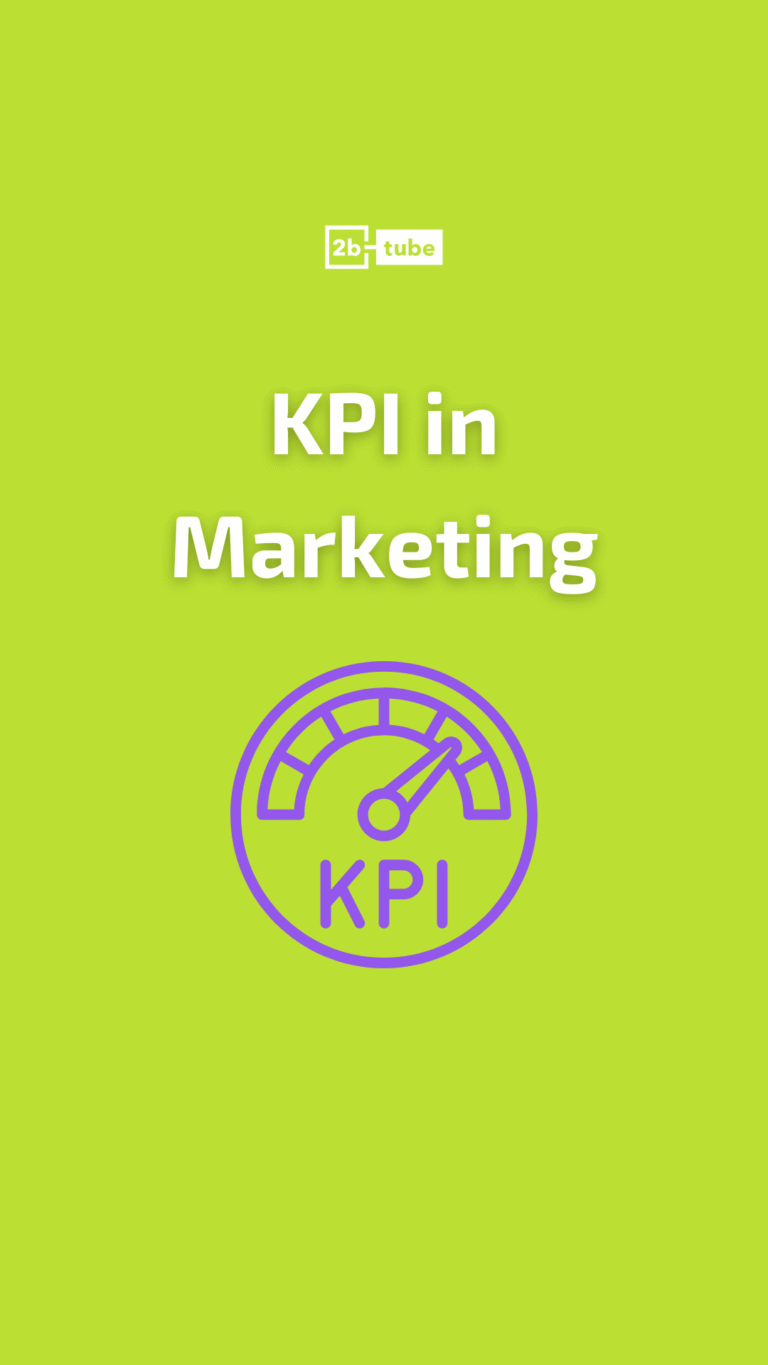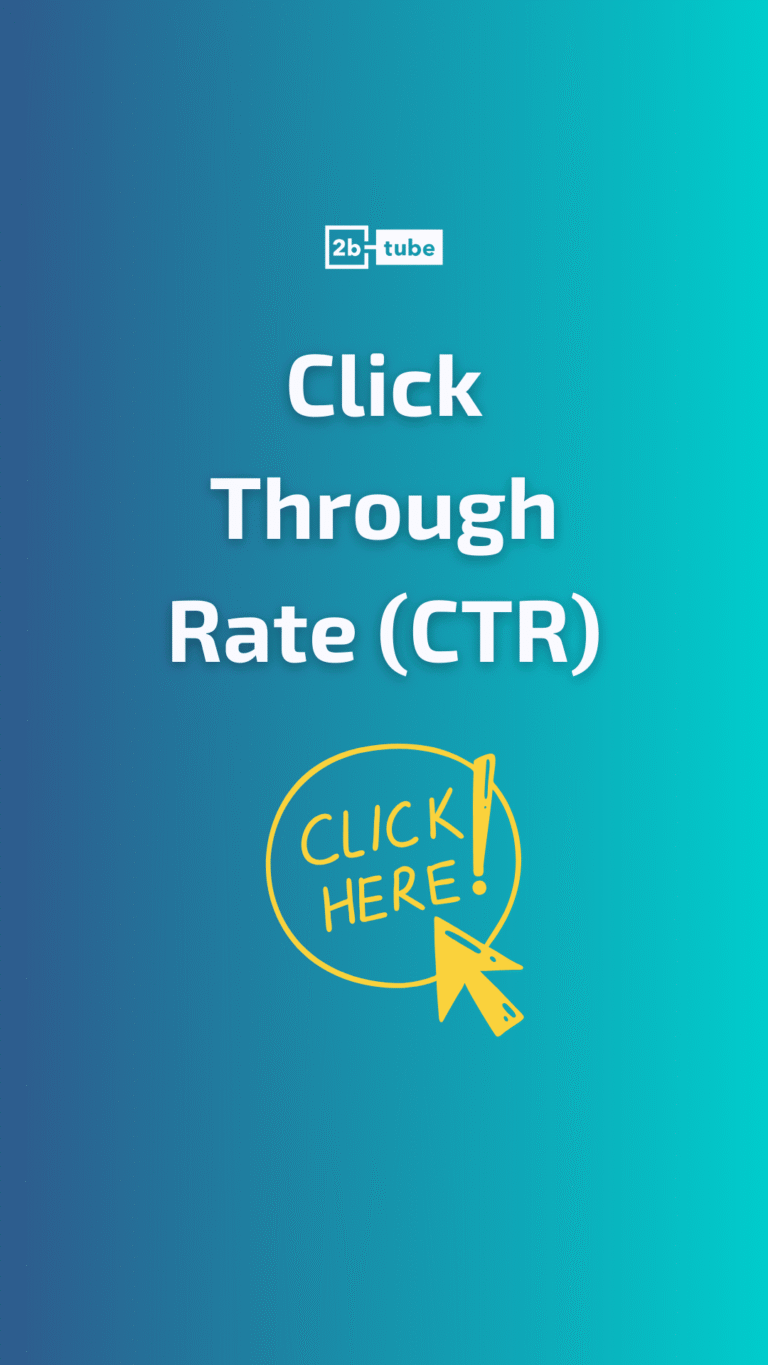The most important asset of today’s companies is information, which is why dashboards have become indispensable allies for marketing directors. A dashboard, in other words a “management panel” or “information panel”, allows you to transform large volumes of data into clear graphs, tables, and metrics.
But dashboards do much more than facilitate data visualization. Thanks to their customization and real-time updating capabilities, they adapt to the needs of each department or business, becoming a strategic tool for any marketing area, such as content or performance marketing. Keep reading to discover everything about dashboards.
What is a Dashboard and What is it for?
A dashboard is a visual tool that centralizes and displays the most important metrics and data of a marketing strategy in a clear and simple way. Its main function is to transform large amounts of information into graphs, tables, and marketing KPIs, which allows you to understand the status and evolution of your campaigns or projects at a glance. Thus, reading and understanding data becomes easier and you can make informed decisions.
In addition, dashboards are used to monitor the performance of your marketing actions in real time, which makes it easier to detect trends, identify problems, and adjust strategies to improve results. By offering a general and personalized view, it helps to avoid information overload and focus attention on what really matters.
Why are Dashboards Important?
Dashboards have become a key piece in the world of modern marketing, as they allow you to view and analyze data clearly and efficiently. Thanks to these tools, it is possible to have a global and real-time view of the performance of advertising campaigns, projects or other specific areas, which saves a lot of time.
Relevance of Dashboards
The relevance of dashboards in marketing and business management lies in their ability to centralize all key information and display it graphically and accessibly. This way, your marketing team can avoid data overload and focus on the indicators that really matter to achieve business objectives.
Importance for Decision-Making and Management
By displaying updated information in real time, dashboards allow you to identify trends, detect problems, and establish priorities based on reliable data. They also save time by centralizing information and improving collaboration between teams, as everyone works with the same data and has clear objectives.
Practical Uses in Marketing Strategies
In practice, dashboards are mainly used to monitor KPIs, such as click through rate (CTR) or cost per acquisition (CPA), among others; analyze the performance of advertising campaigns and detect opportunities or challenges in the market.
In this sense, they allow you to track conversions, clicks, reach, or any other relevant metric for digital marketing, which will help you adjust marketing strategies on the fly.
7 most Used Types of Dashboards
There are different types of dashboards that can be customized according to the objectives and needs of your company. We present the ones that are most common according to what they are used for:
1. Digital Marketing Dashboards
This type of dashboard centralizes all the key metrics of an online strategy, such as web traffic, conversions, campaign performance, acquisition channels, and much more. They are used to analyze the impact of digital actions and campaigns (of retargeting, paid media, organic, etc.) and make quick decisions based on updated data.
2. Social Media Dashboards
The social media dashboard collects and displays metrics from platforms such as Facebook, Instagram, or X (formerly Twitter). Here you can see the growth of followers, interactions, the reach of your publications, and the performance of social ads. It is ideal for adjusting the content strategy and optimizing the investment in Social Media.
3. Paid Media Analytics Dashboard
These dashboards are focused on the analysis of paid campaigns (SEM, display, social ads, etc.). They allow you to monitor spending, return on investment (ROI), number of clicks, impressions, conversions, and other key indicators.
In short, they are used to track performance on platforms such as ads360, Google Paid Search, YouTube Ads, or Instagram Ads, among others. They are essential for optimizing budgets and improving the performance of paid campaigns.
4. Sales and E-Commerce Dashboard
The sales dashboard shows data such as revenue, number of sales, best-selling products, conversion rates, and purchasing behavior. In e-commerce, it also includes inventory metrics, average tickets, and customer analysis.
It helps to identify growth opportunities and adjust the commercial strategy, as well as the stages of the conversion funnel, in real time.
5. SEO Dashboard
This dashboard is focused on the organic positioning of your corporate website. It shows metrics such as organic traffic, keyword ranking, backlinks, and technical health of the site. It is key if what you are looking for is to improve the visibility of your website, improve the user experience (UX) and optimize the content for search engines.
6. Strategic and Executive Dashboard
Designed for managers, this dashboard summarizes the most critical information of your business, such as revenue, conversions, KPI evolution, and other high-level data. It facilitates the communication of results and long-term planning, allowing you to make informed decisions quickly.
7. Human Resources Dashboards
HR dashboards collect key indicators related to personnel management, such as turnover rate, absenteeism, labor costs, performance evaluation, and average hiring time. These panels help to measure the health and productivity of the team, optimize recruitment processes, and improve the work environment.
Tools for Creating Dashboards
As you have seen, dashboards are very useful for making important decisions within your company and, best of all, you don’t have to create it alone. There are several tools that facilitate the creation of all types of dashboards, each with its advantages and approaches. Look at some of the most popular.
1. Google Analytics
One of the best-known tools for analyzing the performance of websites and digital campaigns is Google Analytics. It allows you to create personalized dashboards to visualize key metrics such as traffic, conversion, and user behavior in real time.
2. Looker Studio (Formerly Data Studio)
Looker Studio is the ideal tool if you are looking to integrate data from different sources (Google Ads, Analytics, spreadsheets, etc.) into a single visual and interactive dashboard. It is very flexible and allows you to share reports easily with the rest of the team.
3. Excel
Although it is a classic, Excel is still very useful for creating personalized dashboards, especially when you need to manipulate data by hand or work with internal information. Its dynamic graphs and tables allow you to visualize trends and KPIs in a simple way.
4. SEMrush
Specialized in digital marketing, SEMrush offers dashboards to monitor SEO, the competition, web traffic, and campaign performance. It is especially useful when you need to have a global view of online positioning and keywords.
5. Dashboard
Designed to centralize and be able to see all the metrics of your marketing campaigns in one place, your Dashboard allows you to create dashboards for sales funnels, web traffic, social media performance, etc., all in a simple and customizable way.
6. Tableau
The strong point of this tool is that it can analyze large volumes of data and create visually attractive and very interactive dashboards. It is perfect if your team needs to delve into the analysis and visualization of complex data.
7. DashThis
Specialized in digital marketing, DashThis facilitates the integration of data from multiple platforms, such as Google Analytics, Facebook, Instagram, Google Ads, etc., as well as the creation of automatic dashboards that are easy to share with your team or clients.
8. Genially
It is the best option if you were looking for a way to create interactive and visually impactful dashboards, perfect for presentations and executive reports. It allows you to add multimedia elements and completely customize the design.
Criteria and KPIs for Creating Dashboards
To create an effective dashboard in marketing, keep these criteria in mind:
- Define clear objectives: establish what you want to measure and what for (a pay per click (PPC) campaign, paid social media, conversions, etc.). This will help you focus on the information that is really important. Try answering the question: what specific problem will this dashboard solve?
- Select relevant KPIs: choose only the KPIs that are strategic and useful for your objective. Less is more, so avoid data saturation so as not to lose focus or clarity. Keep in mind that marketing and sales KPIs are not the same:
- Marketing KPIs: focus on opportunity creation, web traffic, brand visibility, interactions, bounce rate, etc.
- Sales KPIs: focus on conversion, sales volume, average order value, closing rate, or sales cycle.
- Adapt the dashboard to the audience: adjust the level of detail depending on who will use it, for example, if they are managers they usually need a general view, while the operating team may require more specific data.
- Make it visual and clear: use simple graphics, colors that highlight the essentials, and avoid saturating with too much information. Divide the information into different pages or tabs so that each user can quickly find what they need.
- Review and update: keep the data and KPIs updated so that the dashboards remain useful and relevant over time. Customize the dashboard according to the evolution of the company and the needs of your team.
Can We Help You Create Reports and Dashboards?
As a digital consultancy specializing in analytics and dashboard creation, at 2btube we have the experience of the necessary tools to help you design and optimize your marketing strategy based on reliable and clear data.
We accompany you throughout the process, from the definition of objectives and KPIs, to the implementation of advanced measurement systems and the generation of personalized reports. This way you can make the right decisions faster. If you want to take your digital strategy to the next level, don’t hesitate to contact us!




